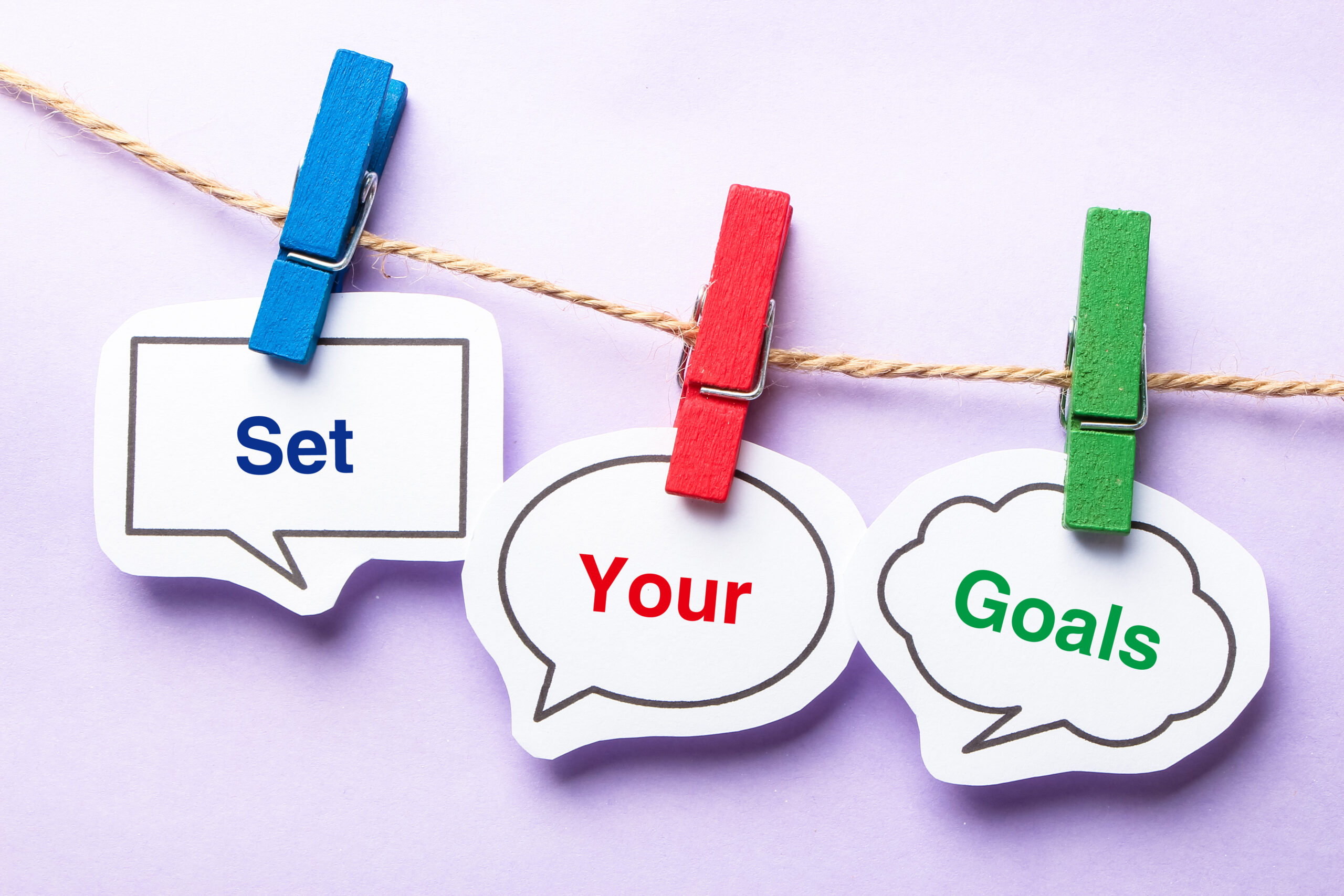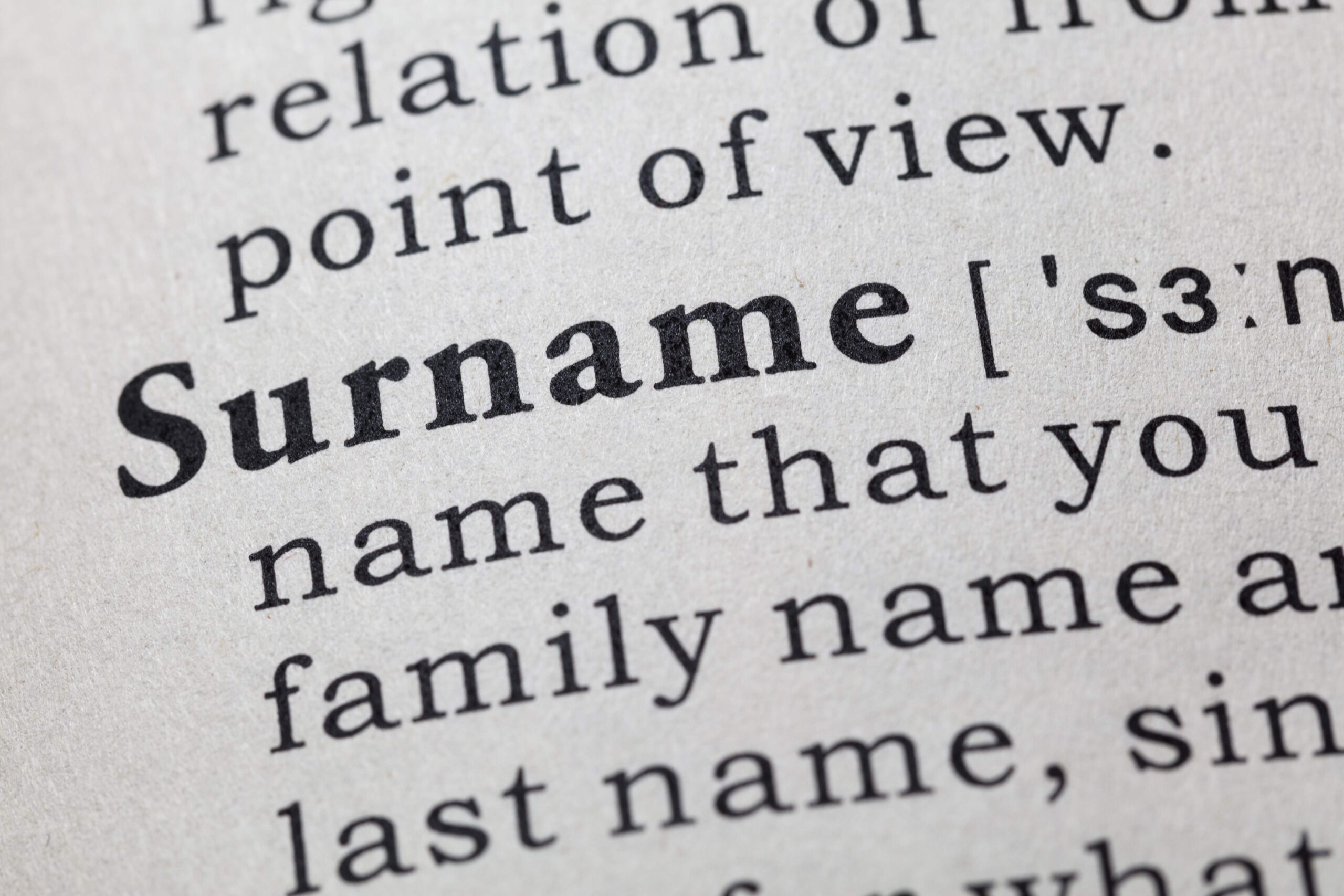Isolation. Loneliness.
If you think back at some of the worst times in your life, you may realize that along with whatever problems you were having at the time, the worst part was the feeling of being isolated, of being alone with no support group to turn to. The feeling of isolation may very well be one of the worst things a person can experience.
We are learning today that isolation not only affects people emotionally, but physical symptoms are also part of the experience. In fact, numerous studies link long-term isolation and loneliness to disease.
BMJ (formerly the British Medical Journal), one of the oldest medical journals in the world, recently released the findings of a study linking social isolation and loneliness to stroke and heart disease. The findings showed that social isolation increased the risk of stroke and heart disease by 30 percent.
They summed up their study saying:
“Our work suggests that addressing loneliness and social isolation may have an important role in the prevention of two of the leading causes of morbidity in high income countries.”
Social isolation and loneliness have also been linked to Alzheimer’s, cancer, and susceptibility to viral infections due to a weakened immune system. Studies have shown that the immune systems of people who are lonely and isolated seem to be in “fight or flight” mode, meaning an increase of white blood cells, which typically respond to physical wounds. Living in this fight or flight mode, as people who suffer from chronic loneliness do, increases the secretion of potentially harmful hormones such as cortisol, as well as increasing inflammation throughout the body.
Human Nature.
In an article posted on Fortune.com titled “Chronic Loneliness Is a Modern-Day Epidemic,” John Cacioppo, director of the University of Chicago’s Center for Cognitive and Social Neuroscience and author of Loneliness: Human Nature and the Need for Social Connection (W. W. Norton & Co., 2009) describes human beings as tribal animals who need connection to others to fully thrive.
Asked why he believes loneliness is on the rise, he answered:
“We aren’t as closely bound. We no longer live in the same village for generations, which means we don’t have the same generational connections. That releases social constraints — relationships are formed and replaced more easily today. We have Tinder, Match, eHarmony and all these kinds of places you can dial up and find friendships, connections and opportunities that didn’t exist. In the last 15 years or so, many of those face-to-face connections have been replaced with social networking. We’ve found that if you use social networking as a way to promote face-to-face conversation, it lowers loneliness. But if you use a destination, as a replacement for the face-to-face, it increases loneliness.”
So what can be done about this unfortunate and rapidly growing phenomenon?
As is most often the case, we as individuals can’t save the world – but we can make a difference to those in our inner circle, our community. We can make it a point to keep strong, and even strengthen, our personal relationships. This means face-to-face time, not Facebook time. This means doing our best to stay in touch with our friends and family and having a sincere interest in what is happening in their lives. This is especially true concerning the older people in our lives, particularly if they are widowed.
Life can be difficult enough for many of us, but feeling isolated only makes it that much more harder. The science now confirms what many of us always knew in our gut – that isolation has profound affects on our minds and bodies. So why not give the gift of your company and attention to those in your life. Ask that new coworker who seems shy and disconnected to join you for lunch. Set up a play date with your kid and his classmate who seems to have no friends. And don’t allow technology to become a substitute for real connectedness.











